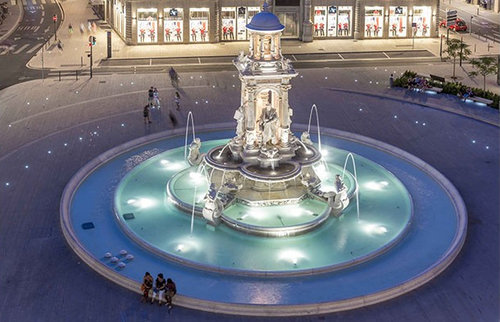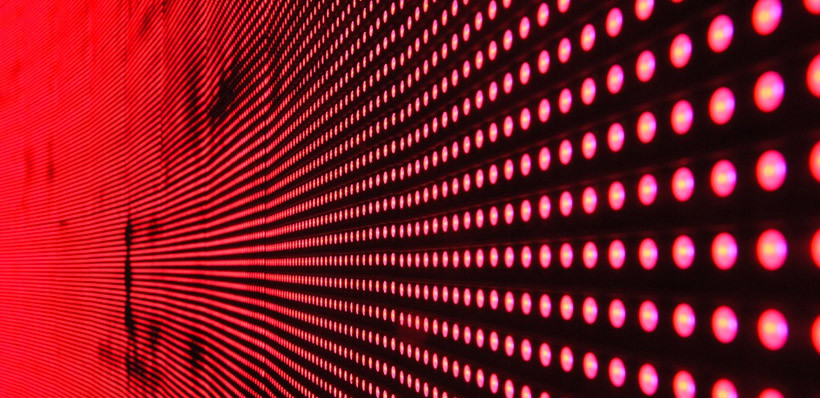Sustainable development - Norms & Quality
What are the advantages of LEDs?
Download the PDFWhen it comes to outdoor lighting, LED technology is more effective and energy-efficient than all of its competitors.
Read on to find out why.
Nowadays, LED lighting solutions outperform all traditional sources on the global outdoor lighting market. And rightly so: let’s have a look at all the major advantages of LED technology.
The 6 main advantages of LED lighting
- Adaptable
- LEDs have a Color Rendering Index (CRI) from 70 (cold white) to 80 (warm), even 90.
- LEDs emit a saturated colour palette, offering pure and deep hues.
- LEDs allow the white colour temperature to be chosen (from 2200K to 10000K).
- LEDs facilitate trichromy and quadrichromy.
- Versatile
- LEDs are instantaneous: they emit 100% of their flux as soon as they are turned on. This allows for instant operation of installations (no warm-up time), as well as light effects such as flashes and strobes.
- LEDs are dimmable from 0 to 100%: dimming and fading across the entire colour spectrum is possible when combined with intensity controllers, motion detectors and time switches.
- LEDs are focusable: their beam can be orientated and focused as needed using adapted optics.
- LEDs are modular and adjustable: innovative designs thanks to the fact they are small, come in an array of shapes and capacities, and can be used alone or in a group.
- Powerful
- LEDs can achieve luminous flux of 160 to 200 lm/W.
- LEDs’ flux can be regulated between 0 and 100%.
- Coloured LEDs do not require a colour filter which absorbs part of the flux.
- Economical
- LEDs have outstanding lifespans of over 50,000 hours, at which point they still emit 70% of their original flux. Correctly used, an LED in operation 4 hours a day will have a 70% flux after 35 years! LEDs are extremely robust, and resistant to shocks, vibrations and travel.
- Les LED sont d’une robustesse à toute épreuve, très résistantes aux chocs, déplacements et vibrations.
- LEDs minimise service downtime and replacement costs. They are thus suitable for difficult-to-access structures such as bridges and building façades.
- Safe
- LEDs eliminate fire risks because they emit little infrared radiation and give off little heat.
- LEDs reduce electrocution risks because they often use low-voltage power.
- Eco-friendly
- LEDs emit no harmful electromagnetic waves, nor UV rays.
- LEDs help cut electricity consumption.
- LED reduce light pollution caused by outdoor lighting.

LEC’s LED lighting of five fountains in Lyon’s city centre has drastically cut the city’s electricity bill.
The drawbacks of LED technology
Certain precautions must be observed in order to take full advantage of the advantages of LED technology.
- LEDs must be protected from humidity by watertight casings.
- LEDs are sensitive to high temperatures, controlling their temperature is vital to maintaining their flux and lifespan.
- LEDs are sensitive to overvoltage and static electricity.
- LEDs are more difficult to install in 360°lighting installations.
So LED lighting may require a bit of care and attention, but these disadvantages are greatly outweighed by the many advantages that pave the way for a bright future of innovation, energy savings and sustainable development.
Want to know more? Check out LEC’s LED products and projects.
-
Download the PDF
- Published on 08 December 2016
- Categories: Sustainable development - Norms & Quality
- Tags : energy saving - LED - LED advantages - LED solutions

